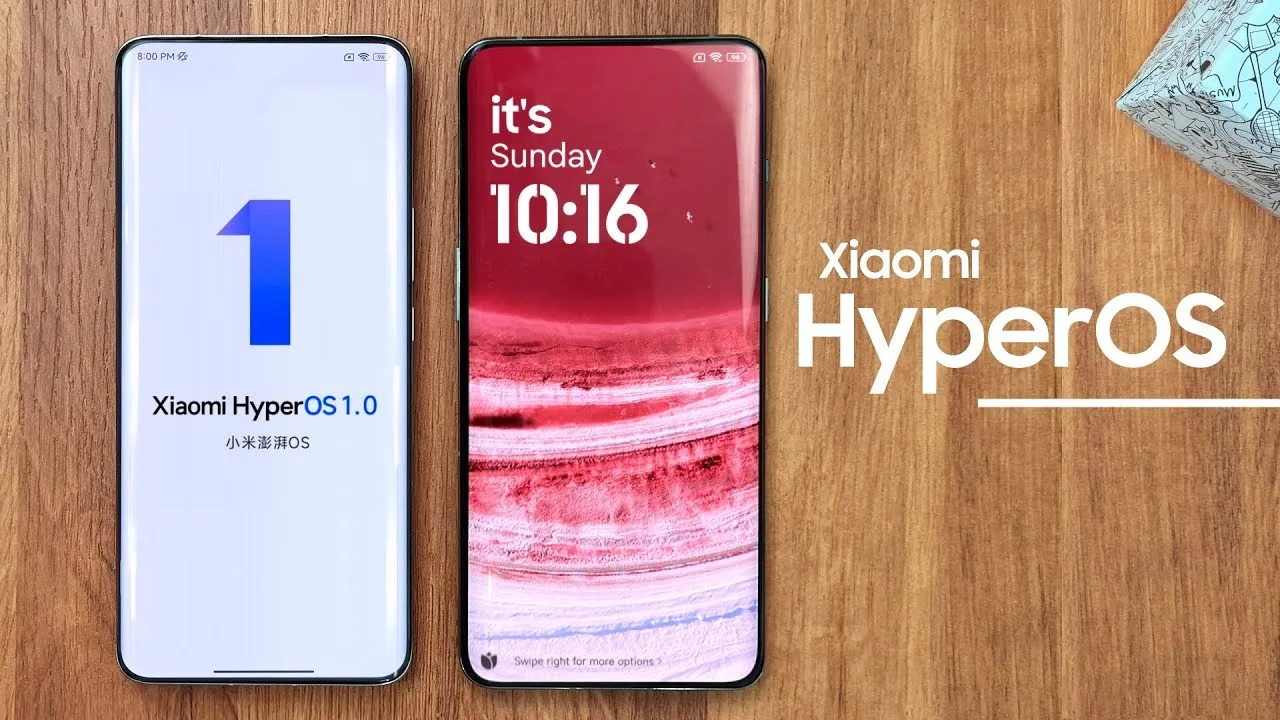Thinking of buying a new Xiaomi phone? Hold on! You might be the lucky owner of a device sporting a brand new operating system – HyperOS! Recently unveiled alongside the Xiaomi 14 series, HyperOS promises a revamped user experience while staying true to Xiaomi’s roots. Let’s dive deep and see what HyperOS brings to the table.
Under the Hood Enhancements: A Performance Powerhouse
While the interface might look familiar to MIUI users, HyperOS boasts significant improvements under the hood. Xiaomi claims a complete overhaul in how HyperOS handles hardware resources. This translates to smoother multitasking, faster app switching, and a noticeable reduction in lag – especially on budget-friendly devices.
Here’s a quick breakdown of the hidden gems in HyperOS:
| Feature | Benefit |
|---|---|
| Resource Scheduling | Lower latency, faster app switching |
| Smaller OTA Updates | Quicker downloads and less storage space required |
| Pro HDR Function | Enhanced photo viewing experience in the Gallery app |
While the Pro HDR function in HyperOS allows you to view photos with stunning dynamic range in the stock Gallery app, it doesn’t extend to other apps. This might seem like a limitation compared to competitors, but who knows? Maybe a future update will bring full-fledged HDR integration across all apps.
Aesthetics with a Touch of Nature: Alive Design Philosophy
HyperOS embraces the “Alive Design Philosophy.” Imagine a user interface inspired by nature’s vibrant colors, gentle curves like flower petals, and fonts optimized for various languages. This translates to a visually pleasing and user-friendly experience, no matter your native tongue.
Beyond the Surface: Features Users Will Love
Sure, a sleek design is essential, but what about features? HyperOS doesn’t disappoint! Here are some exciting additions:
- Bloatware Removal Made Easy: Say goodbye to unwanted pre-installed apps! HyperOS allows you to uninstall bloatware directly, giving you more control over your phone’s storage.
- Lock Screen Customization on Steroids: Get creative and personalize your lock screen like never before with HyperOS’s extensive customization options.
- Enhanced App Functionality: Several core Xiaomi apps, like the dialer and camera, have received a makeover in HyperOS, offering improved usability and additional features.
MIUI vs. HyperOS: A Tale of Two Interfaces
So, how does HyperOS stack up against its predecessor, MIUI? Here’s a quick comparison:
| Feature | MIUI | HyperOS |
|---|---|---|
| User Interface | Familiar, feature-rich | Familiar with a focus on Alive Design Philosophy |
| Performance | Good, but room for improvement | Improved resource management and lower latency |
| Customization | Moderate customization options | Extensive customization options, including lock screen |
| Bloatware | Pre-installed apps can be intrusive | Bloatware can be easily uninstalled |
The Verdict: A Promising Start for HyperOS
HyperOS represents a significant step forward for Xiaomi’s software experience. While the visual changes might be subtle, the underlying performance optimizations and user-centric features make a noticeable difference.
Whether you’re a seasoned Xiaomi user or a newcomer to the brand, HyperOS offers a smooth, responsive, and customizable experience. While future updates might address limitations like the Pro HDR function, HyperOS is undoubtedly a promising start for Xiaomi’s future software endeavors.
















